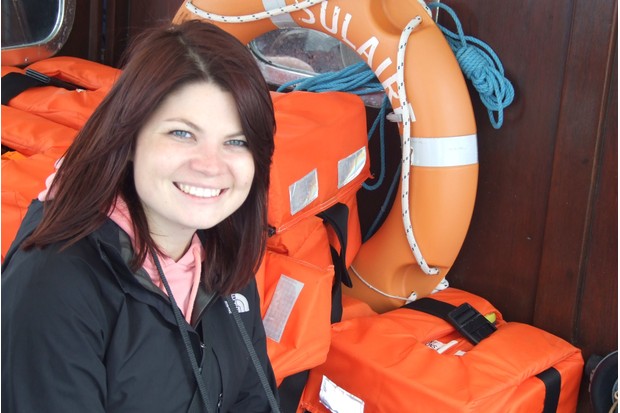In the decades since his first wildlife film was broadcast, Sir David Attenborough’s programmes have consistently launched new formats, concepts and technology.
This selection of classic clips demonstrates how his programmes transformed our understanding of the natural world.
Filming new species
Sir David's films have featured countless species never before seen on TV and have explored the relevance of those species in shaping the evolution of the natural world as we know it.
Rediscovering the coelacanth, a ‘living fossil’ fish, off the Comoro Islands (Life on Earth, 1979)
Seeing a coelacanth, possibly the ancestor of all amphibians, reptiles, birds and mammals (Zoo Quest to Madagascar, 1961)
Pompeii worms are found to thrive at temperatures of up to 80C (The Blue Planet, 2001)
Transforming natural history films
Sir David created a new style of engaging natural-history television which has continued to evolve over the years.
Starting his quest in Borneo, Sir David searches for the Komodo dragon (Zoo Quest for a Dragon, 1956)
From primitive cells to the plants and animals which exist now (Life on Earth, 1979)
New discoveries during filming
The innovative filming techniques employed in Sir David's programmes have contributed to some fascinating scientific discoveries.
Ants injecting acid into plants (Life in the Undergrowth, 2005)
Secrets of the smelliest flower (Private Life of Plants, 1995)
Filming unusual behaviour
Many examples of animal behaviour have been captured on film for the first time in Sir David's series.
Killer whales beaching (Trials of Life, 1990)
Dolphins hunting fish using a mud-stirring technique (Life, 2009)
Snail shell spider's multi-strand pulley technique (Madagascar, 2011)
Taking risks
To demonstrate an important topic or behaviour, sequences in many of Sir David's series demanded that a presenter place themselves in harm's way.
Becoming a target for a spitting cobra (Life in Cold Blood, 2008)
Filming in dangerous places
Venturing into some of the most hostile environments on the planet, Sir David films fascinating footage of the community of organisms they sustain.
Toxic bat cave (Life of Mammals, 2008)
Filming the brinicle (Frozen Planet, 2011)
Using new technology
Sir David's natural history programmes have consistently employed new technologies to highlight aspects of behaviour and evolution.
Midnight encounter with a kiwi (Life of Birds, 1998)
Presenting underwater while scuba diving (Living Planet, 1984)
Using thermal imaging to film a marine iguanas (Life in Cold Blood, 2008)
Infrared footage of a leopard hunt (Life of Mammals, 2008)
Time-lapse depicts the snaking tendrils of the dodder plant (Private Life of Plants, 1995)
Time-lapse captures plants climbing to reach the light (Private Life of Plants, 1995)
Springtails leaping in slow motion (Life in the Undergrowth, 2005)
Time-lapse reveals the huddle strategy of emperor penguins (Planet Earth, 2006)
Revealing difficult truths
Hunting sequences can be mesmerising and dramatic - but they can also be disturbing.
Following chimps on a monkey hunt (Trials of Life, 1990)
Exploring environmental issues
Sir David’s films have often alluded to conservation issues. In the final episode of Frozen Planet, the message was stark: the ice is melting, and our world is changing. Will we be able to adapt to the planet's changing climate?
Coral devastation on Maldives reefs (State of the Planet, 2000)
The fate of the poles will have the greatest effect on the planet (Frozen Planet, 2011)
Inspiring others
George Schaller, Chris Packham and Lee Durrell pick their favourite Attenborough clips.
George Schaller: Snow leopard hunt (Planet Earth, 2006)
Chris Packham: Birds of paradise displaying (Natural World: Attenborough in Paradise, 1996)
Lee Durrell: 'Elephant bird' egg (Zoo Quest to Madagascar, 1961)
Favourite Attenborough clips
Five memorable clips top viewer polls and our own surveys of BBC Wildlife readers.
Lyrebird mimic (Life of Birds, 1998)
Ape encounter (Life on Earth, 1979)
Capercaille assault (Life of Birds, 1998)
Big bird baby (Life in the Freezer, 2007)
Blue whale breach (Life of Mammals, 2008)
